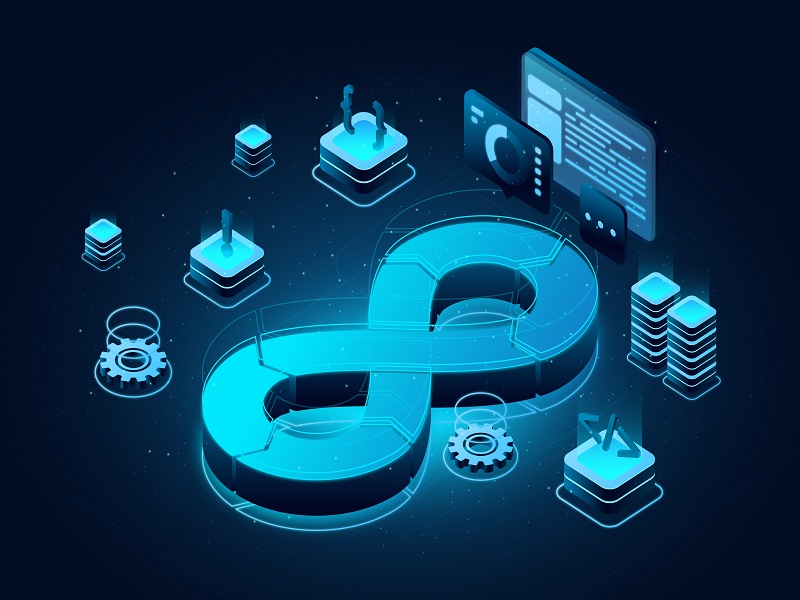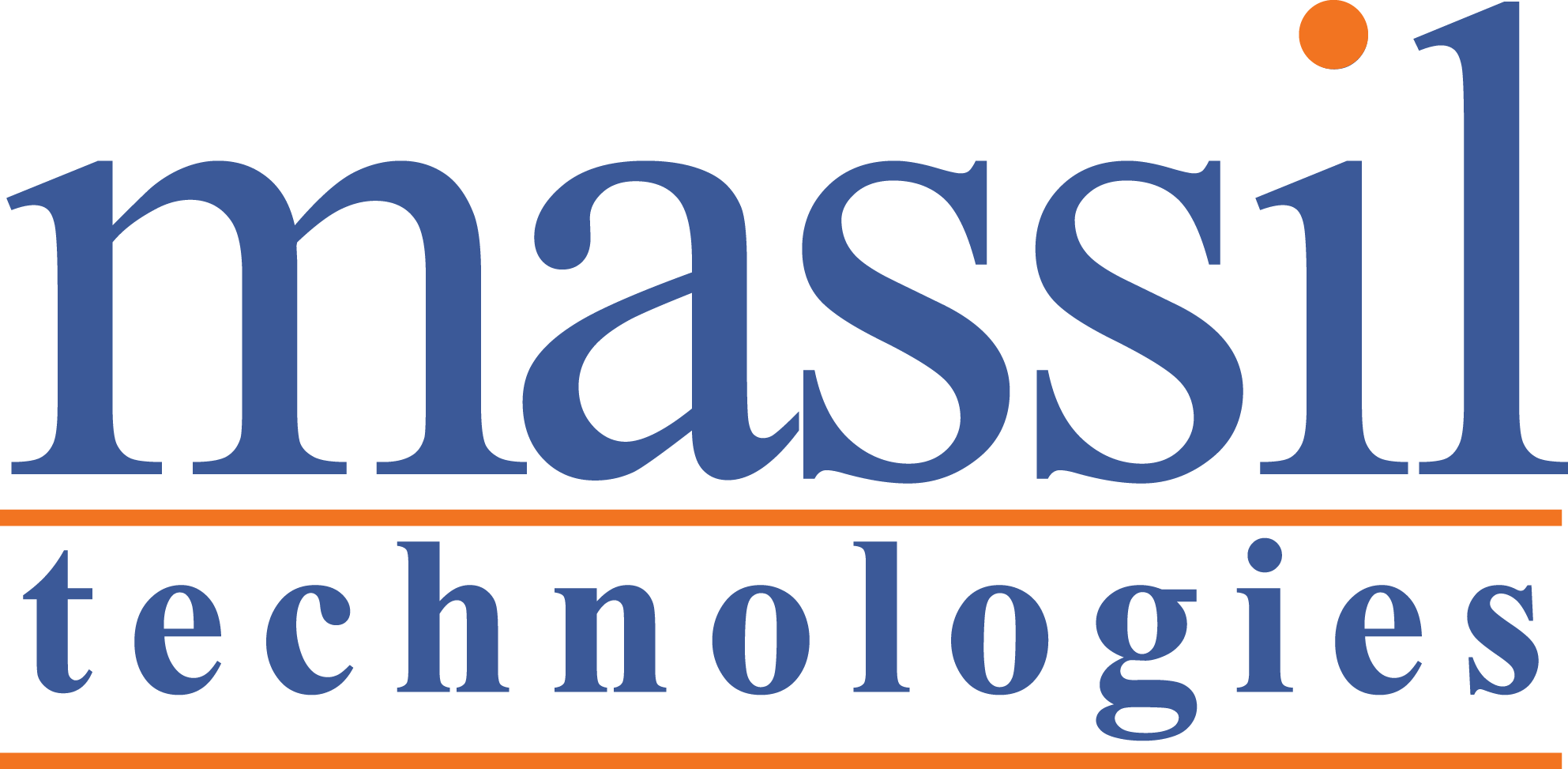
In the rapidly evolving world of information technology, integrating legacy systems with modern technologies is akin to bridging two different eras. Legacy systems, often built decades ago, form the backbone of many organizations, holding critical data and running essential processes. However, as the digital landscape transforms at an unprecedented pace, these systems risk becoming obsolete, inefficient, or incompatible with new technologies. This blog explores the challenges and strategies involved in integrating legacy systems with modern technological solutions.
Understanding the Challenge
Legacy systems are characterized by their outdated programming languages, older database systems, and often, proprietary technologies. These systems were designed in a different technological era, focusing on stability and long-term reliability. However, they were not built for today’s agile, cloud-centric environment. The major challenges in integrating these systems include:
- Compatibility Issues: Modern software applications are built on newer programming languages and architectures, making them inherently incompatible with legacy systems.
- Data Accessibility: Legacy systems often store data in formats that are not readily accessible or compatible with modern databases.
- Security Risks: Older systems may not have been designed with current cybersecurity threats in mind, making them vulnerable to attacks.
- Resource Intensity: Maintaining and modifying legacy systems requires specialized skills that are increasingly rare in the IT industry.
Strategies for Integration
The integration of legacy systems with modern technologies requires a strategic approach, balancing the need to preserve critical functions with the benefits of new technologies.
- Incremental Integration: Rather than a complete overhaul, an incremental approach can minimize disruptions. This involves gradually replacing or updating parts of the legacy system with modern solutions.
- Use of Middleware: Middleware acts as a bridge between old and new systems, facilitating communication and data exchange. It allows organizations to maintain their legacy systems while leveraging the capabilities of modern applications.
- Cloud Integration: Cloud computing offers scalable solutions for legacy system integration. By moving certain functionalities or data to the cloud, businesses can enhance flexibility and efficiency.
- APIs and Microservices: Building APIs (Application Programming Interfaces) and microservices can expose functionalities of legacy systems in a more modern, accessible way, making integration with new technologies smoother.
- Data Warehousing and ETL: Extract, Transform, Load (ETL) processes and data warehousing can consolidate data from legacy systems, making it accessible for modern analytics and business intelligence tools.
Best Practices
Successfully integrating legacy systems with modern technologies involves more than just technical solutions; it requires a holistic approach:
- Comprehensive Assessment: Begin with a thorough assessment of the legacy system, understanding its architecture, dependencies, and critical functionalities.
- Stakeholder Engagement: Engage with stakeholders, including IT staff, end-users, and management, to understand their needs and concerns.
- Risk Management: Identify potential risks and create a contingency plan to address any issues that might arise during the integration process.
- Training and Support: Provide adequate training and support to staff to ensure a smooth transition to the new system.
- Continuous Monitoring and Evaluation: Monitor the performance of the integrated system continuously and make adjustments as needed.
Conclusion
Integrating legacy systems with modern technologies is not just about keeping up with the latest trends; it’s about unlocking new capabilities, enhancing efficiency, and ensuring the long-term viability of critical business systems.
By carefully planning and executing integration strategies, organizations can preserve the value of their legacy systems while embracing the benefits of modern technology. This delicate balance is key to a seamless transition into a future where the old and the new coexist and complement each other, leading to enhanced productivity and growth.
